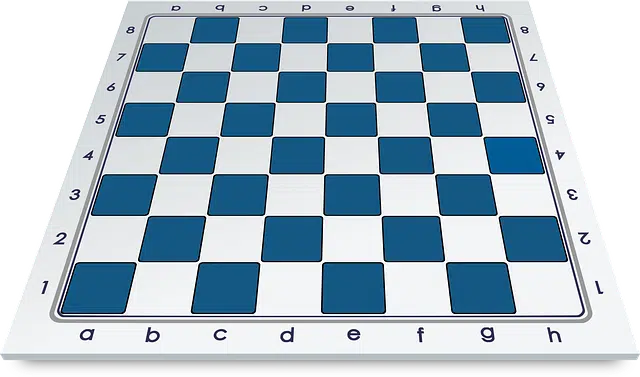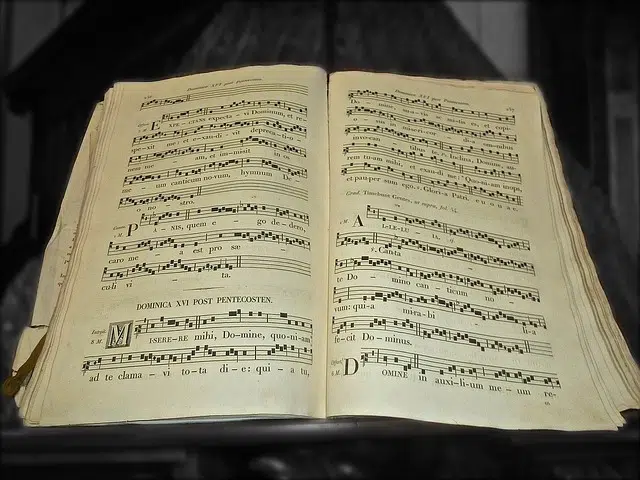
In chess, notation allows us to record the development of games and communicate the moves made by the players.
Notation is the action and effect of noticing (pointing, warning, pointing). The term comes from Latin and refers to the system of conventional signs that is adopted to express some concept.
The way of representing a number using powers of base ten is known as scientific notation . In this sense, numbers are written as the product of a real number called coefficient (which can be equal to or greater than 1 and less than 10) times 10 raised to an integer called order of magnitude or exponent ; This is represented by the formula ax 10 to the power an .
Mathematical notation is the formal symbolic language that follows its own conventions. Symbols allow us to represent concepts, operations and all types of mathematical entities.
Notation in chess
In chess, notation is a game recording system that allows the movements made by the players to be transmitted. There are two types of notation: descriptive (which is currently out of use) and algebraic .
Chess algebraic notation identifies each of the board's seventy-four squares with two characters . The first of them refers to the column and is represented with the letters a to h in lower case, ordered from the left of the player who moves the white pieces to his right. The second character identifies the line or row of the box, with the numbers 1 to 8 in ascending order, that is, from lowest to highest.

Musical notation makes it possible to graphically represent music.
Writing in music
The writing system used to represent a musical work graphically is called musical notation , and it allows each performer to execute a given piece following the ideas and instructions of the composer and the reviewers. Currently, the most common method is based on the use of the staff (five parallel horizontal lines) with the notes expressed by signs that indicate their duration and pitch.
The musical notation used in the West has undergone an important evolution over more than two millennia, beginning with being a basic system that used symbols from the Greco-Latin alphabet and reaching current methods, of a more abstract nature and with a range of much greater possibilities . In any case, it has always been a very complex subject, since it transcends the mere indication of the pitch of each sound to leave a very extensive series of characteristics captured on paper, such as the rhythm (called tempo), the duration of each note, its intensity (misnamed volume , especially in the context of stereos and televisions), its articulation and its character, among others.
Changes in musical notation
It is worth mentioning that the development of the different systems that have been used over so many centuries was affected both by the growth of art itself and by political, social and religious issues. It is known that the ancient Greeks already used musical writing, but it was not until the Middle Ages that the system was created that, after hundreds of years, would become the one we know today.
The use of a score allows a composition to be immortalized at a level that exceeds (both in complexity and precision) that of an audio recording. One of the reasons is that it not only offers the necessary tools to specify every detail of the work, but also gives the composer the possibility of expressing a series of suggestions for the performance, which may or may not be accepted by the performers .
Finally, it is interesting to note that not all instruments use the same notation system; For example, for guitar pieces, so-called tablatures are used, which facilitate reading, since they represent the strings with six lines.
